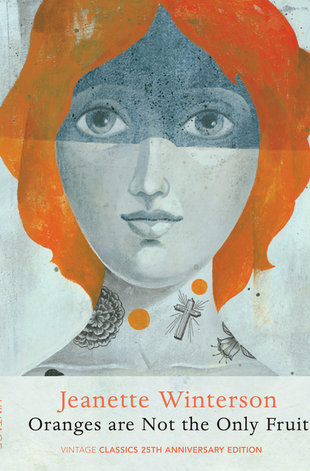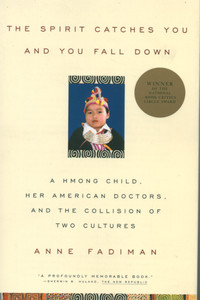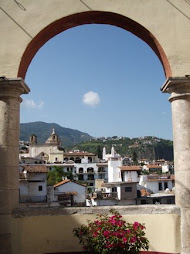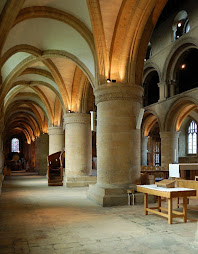
The National Museum of Singapore devotes itself to telling the history of Singapore starting from the fourteenth century. It also holds festivals that contribute to the state’s ongoing cultural life and hosts traveling exhibitions. Its mission seems a strange amalgam, especially as Singapore also has a visual arts museum and two institutions for cultural history. However, the National Museum can claim some apostolic exceptionalism since it took over duties from the colonial Raffles Library & Museum and its 1887 building by Sir Henry Edward McCallum.
The building was certainly not designed as a modern museum with intuitive traffic flow and flexible galleries. A modern overhaul began in 2003 and has created some inviting passages that harness the charm of the historic building while appending much-needed exhibition space. Almost all major museums in the post-War era have struggled to adapt to their staid homes. Old buildings psychically project legitimacy and gravitas, but many old museums were built for showing their collections as jumbles of knick-knacks and curiosities, not as a series of items requiring discreet displays for studying for each artifact.
NMS has embraced their circumstances by commissioning artists to make site-specific installations in and around the building(s), both for the permanent collection and within their Art-On-Site series. A favorite addition has been Suzann Victor’s Contours of a Rich Manoeuvre, eight chandeliers that dangle above the bridge between the old and new buildings. The artist has updated a past symbol of luxury using replication and modern materials. But the chandeliers have been designed to swing back and forth in a number of configurations. The blend of past and present has not been left as a static and finished conflation.
Another artist S. Teddy Darmawan has received temporary control over the main entryway. The Indonesian artist has stacked seven pink tanks (modeled on the M1 Abrams) underneath the museum’s iconic dome. Love Tank fills the height and breadth of the rotunda and crowds visitors immediately upon entrance. Ordinarily, a museum would consider such an installation unwelcoming and disruptive. Even MoMA, a museum that pays lip service to offering museum-goers provocative experiences, deemed it best to toy with visitors only after they pay $20. NMS, however, has a low porch over its entryway, and without the pile of tanks blocking the view arriving visitors would normally behold a steep staircase on the opposite side of a cramped rotunda. The architecture already required hiding the ticket counter to the left behind the low arcade, and the addition of S. Teddy D.’s installation helps declare this museum a place of experience and exploration rather than simple tourism. The riotous color scheme and lotus blossom patterning on the muscular masses of the tanks repeats the subversion of colonial architecture and self-serious/self-serving institutions. But if all that gets too antiestablishment, the museum does have an upscale restaurant (sound alert).










.jpg)
No comments:
Post a Comment